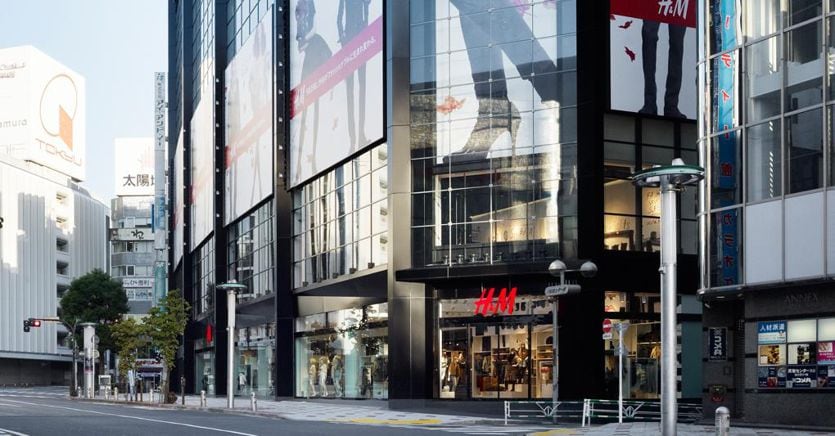In cosmetics it is called the “lipstick effect” and it photographs a consumption phenomenon that has repeated itself several times in history: the purchase of an accessible product – such as lipstick – in a time of economic crisis. A gratification that in the face of a reduced impact on the portfolio can have a positive influence on a psychological level. With inflation in Italy at 8.4% and the costs of bills and spending rapidly increasing, the shift of purchases towards more accessible products could also occur in the upcoming autumn-winter season. Fast fashion, however, has to deal with different shopping habits that are increasingly oriented towards conscious consumption.
“The increase in prices on consumer goods is the number one concern for 53% of European consumers, according to our latest analysis,” explains Gemma D’Auria, senior partner McKinsey. And, tightening the focus on the fashion sector, she continues: «Sales in the traditional fast fashion segment have grown by more than 20% in the last three years but new online players are also gaining ground. In the next 18-24 months, however, the entire fashion sector will face a complex scenario. It is probable that more and more consumers decide to allocate a greater share of their spending capacity to versatile and more valuable garments ».
H&M, Inditex and Mango: accounts up at the beginning of 2022
In 2008, the economic crisis had led to the popularity and accounts of international fast fashion. Today the fast fashion market, according to estimates reported by the analysis and research firm Statista, is worth just under 100 billion dollars globally and is expected to reach 133 billion dollars by 2026. 2022 has so far been a year of recovery. to all intents and purposes, despite the conflict in Ukraine, which since the end of February has led to the closure of stores in Ukraine, Russia and in some cases Belarus. The confirmation comes from the accounts of the fast fashion giants: H&M closed the first half of 2022 with sales up 20% to 103.7 billion sek (about 9.7 billion euros); Inditex (Zara, Pull & Bear, Bershka, Stradivarius and others) closed the first quarter of 2022 on 30 April with sales of 6.7 billion euros, up 36% on the same period of the previous year, and Ebitda up by 55% to 1.9 billion euros. The Catalan group Mango, on the other hand, closed the first half of 2022 with a turnover of 1.2 billion euros, + 24.8% on the same period of 2021, exceeding the revenues of the first half of 2019.
Sustainability weighs on consumer choices
The needle of the balance in consumer choices, however, remains sustainability: the business model of fast fashion in itself is not sustainable, because it leverages low production costs and stimulates consumers to make continuous purchases, placing huge numbers on the market. product volumes. A format that today no longer convinces especially the very young: «A profound change is taking place, both in the approach of consumers to sustainability and in the needs addressed to brands. This is why it will be increasingly important for industry players to continue to propose innovative business models, using granular information on their customers as a source of differentiation – continues Gemma D’Auria of McKinsey -. A great opportunity is offered by textile recycling, which according to our basic estimates could lead to a reduction in emissions of around 4 million tons. About 70% of textile waste could be recycled from fiber to fiber ».
The initiatives of large groups
The large groups in the sector have already started sustainable transformation paths for some time, using for example recycled materials, publishing sustainability reports. H&M, which for years has offered the possibility to bring garments and fabrics to be recycled to the store, at the end of 2021 launched a new tool (Circulator) which by 2025 should allow the “conversion” of the entire production of the group in a circular perspective.
